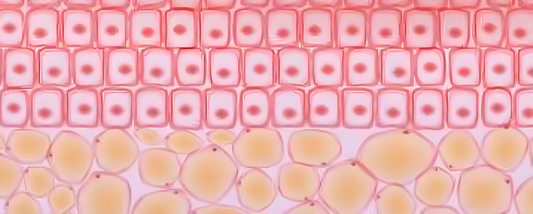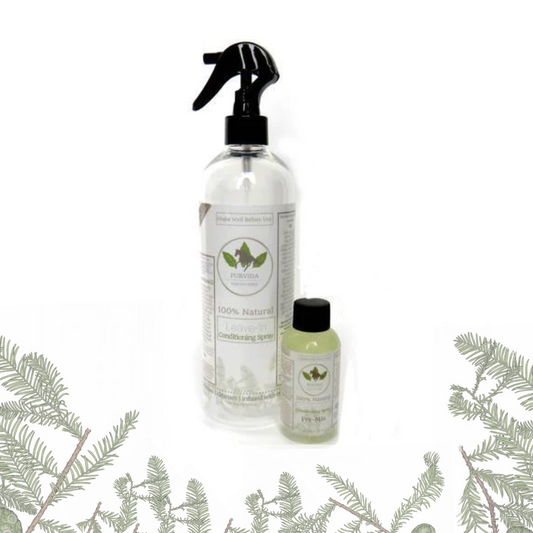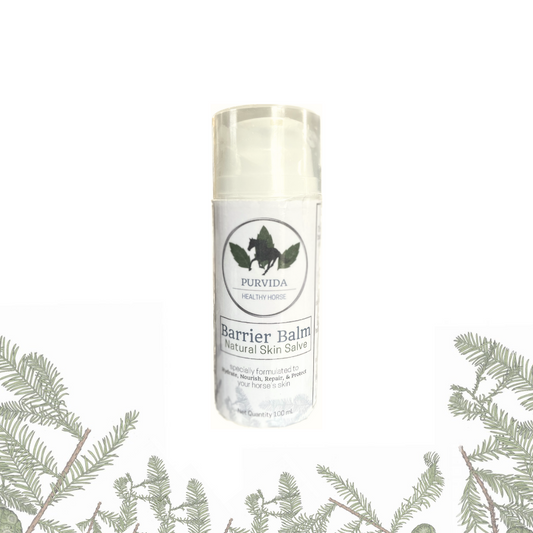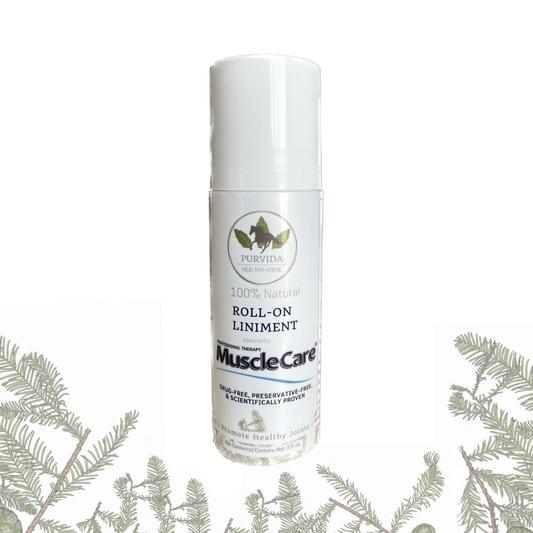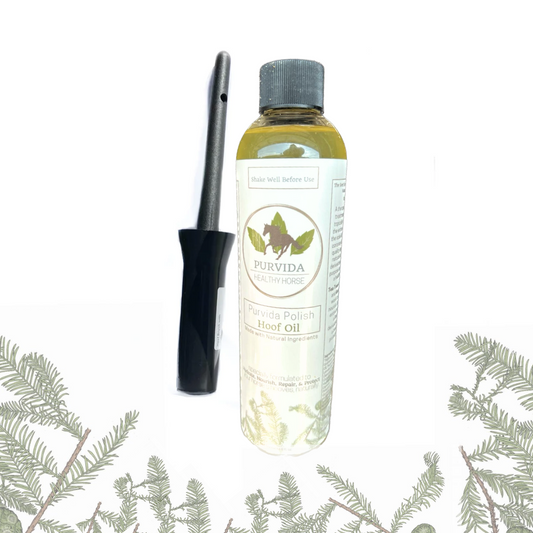
PARABENS
Parabens are used widely in both the grooming and the beauty and skincare industry for many reasons, from enhancing fragrance to extending product shelf-life at a lower cost. However, they are also anti-microbial chemicals with known hormone-disrupting effects.
PETROLATUM AND PETROCHEMICALS
Also referred to as "petroleum," Petrolatum and petroleum-based products are ubiquitous in hair products, lip balms, lip sticks, baby oil, moisturizers, and more. Examples of petrochemicals are: Propylene Glycol, Paraffinnum Liquidum (Mineral Oil), and PEGs. They are used to add shine and provide protective coatings. Unfortunately, petroleum is a possible carcinogen that has been known to clog pores, suffocate skin, prevent moisture permeation, and has also been linked to kidney damage – definitely not something that we want on our's or our horse's skin and bodies.
SILOXANES AND SILICONES
Siloxanes are the backbones of Silicones. Ingredients ending in "-siloxane" or "-methicone" are examples of Siloxanes. They are often used in moisturizers and creams to soften, smooth, and moisten, giving the product a smoother texture when applied on the skin. Unfortunately, these are endocrine-disruptors and reproductive toxicants.
PHENOXYETHANOL
Phenoxyethanols are used in the beauty industry as reliable and anti-microbial stabilizers and preservatives. They have been popular substitutions for parabens. Phenoxyethanols are synthetic ingredients that are believed to be toxic and have been linked to contact dermatitis, reproductive toxicity, and neurotoxicity.
PHTHALATES
Phthalates are commonly used as plasticizers and are most commonly found in nail care products and perfumes. When looking at ingredients lists, avoid anything that ends with "-phthalates." Evidence supports that certain phthalates are endocrine disruptors and reproductive toxicants. They are also possible carcinogens.
SULFATES
Examples of common sulfates are Sodium Lauryl Sulfates and Sodium Laureth Sulfates. These are both harsh detergents that are present in foaming shampoos, cleansers, and soaps. Sulfates are what give these products their foaming ability. They are often derived from petroleum and are possible carcinogens and known irritants.
CHEMICAL SUNSCREENS
The most concerning aspect of chemical sunscreens is that many of them are formulated with UV absorbers that are carcinogenic and/or endocrine-disruptors. The higher the SPF, the more chemical sun-screening agents there are in the product. Natural alternatives with Zinc Oxide and Titanium Dioxide are much safer alternatives.
TRICLOSAN
Triclosan is very widely used in the cosmetics industry as an anti-bacterial ingredient and can be found in hoof oils, toothpastes, antiperspirants, and cleansers. Studies suspect that Triclosan contributes to antibiotic resistance in bacteria and it has been questioned as an endocrine disruptor.
NANOS
Nanotechnology in the cosmetic and beauty industry is still a relatively new technology but they have been found to have potentially harmful effects on the consumer. Potential side-effects of nanoparticles in skincare include lung damage, cell toxicity, damaged DNA, and cancer.
SYNTHETIC COLOURS
Often derived from coal tar, synthetic colours contain heavy metal salts that can be absorbed into the skin. This can cause skin sensitivity and irritation. Animal studies have found that almost all of these heavy metal salts are carcinogenic. Looking for pigment in your makeup? Stick to all-natural minerals to be safe.
SYNTHETIC FRAGRANCES
Synthetic fragrances are commonly used to stabilize scents in beauty products, making it easy for manufacturers to keep products quality-controlled. The problem is that these synthetic fragrances often contain phthalates that are known endocrine-disruptors and can alter genital development.
SYNTHETIC POLYMERS
Examples of synthetic polymers are Sodium Polyacrylate and Carbomer. They are what give creams and other skincare products their thick, viscous texture. Synthetic polymers are derived from petroleum, a chemical ingredient mentioned above.


